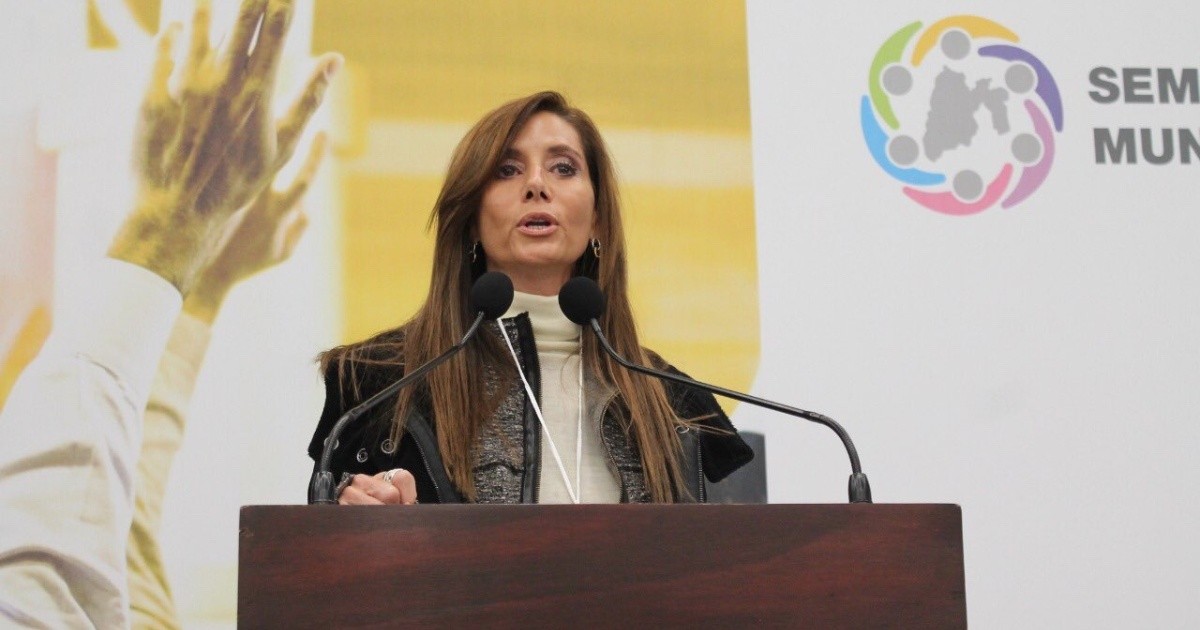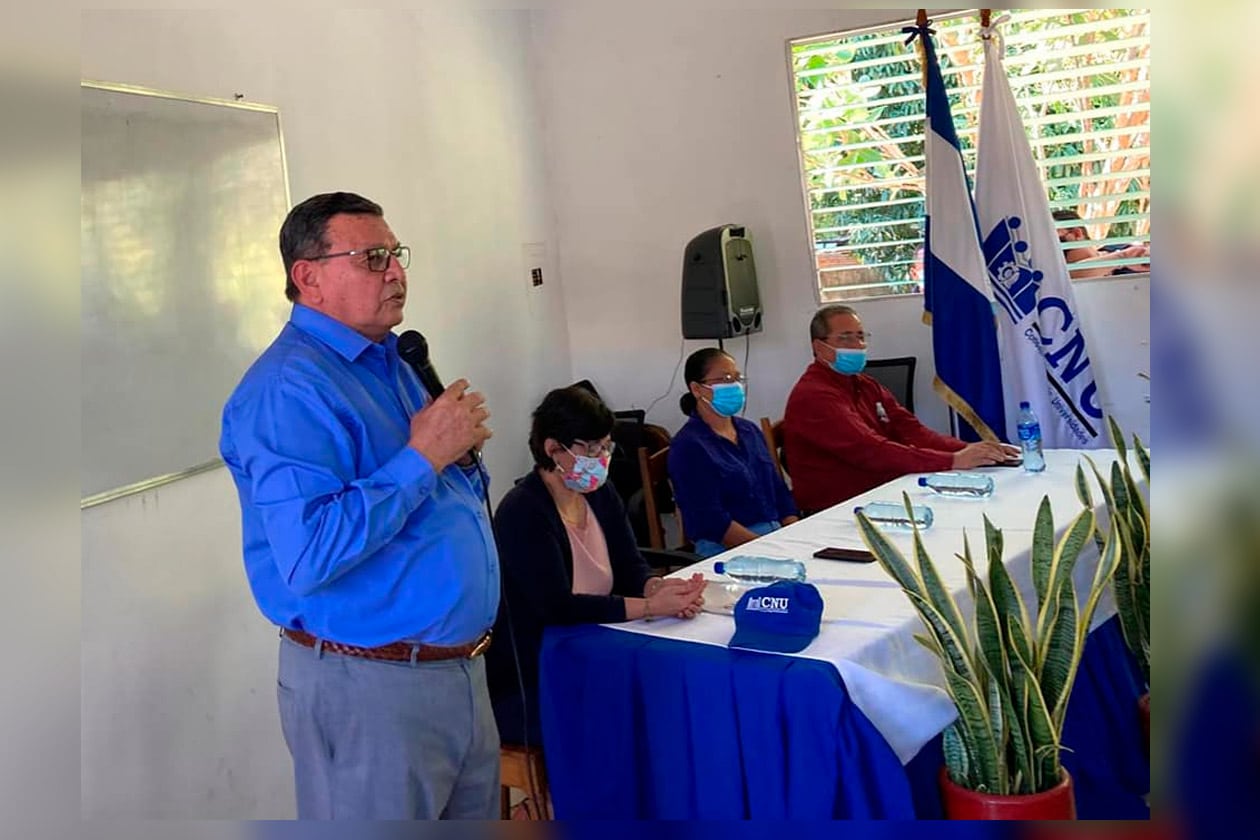The extension requested by 12 states to launch the new model of labor justice, as there are a series of challenges for its implementation, points out Rosa María Nava Acuña, general director of the Center for Labor Conciliation of the State of Mexico. This entity is the most populated in the country and where the conciliatory model that stipulates the labor reform has already begun.
Since November 2020, it has achieved economic agreements for workers for a total amount of more than 806 million pesos, he reports in an interview. “Because we were the first at the federal level, we had several challenges”, but, one year and two months into the operation of the center, “we are a benchmark”, he assures. “We have given him support and advice to 22 states”.
Almost 17 million people live in the State of Mexico and there are more than 800,000 economic units that employ millions of workers, for whom there are 100 conciliators. It is the center with the most specialized staff.
On January 18, the Coordination Council for the Implementation of the Reform of the Labor Justice System (CCIRSJL) agreed to ask Congress for an extension so that the conciliation centers and local labor courts in the 12 states of the country that are pending to join the new model come into operation on October 3 and not on May 1, 2022, as planned. The delay is due to the lack of budget for infrastructure and operations of these organizations.
Derived from the labor reform of 2019, the local boards of Conciliation and Arbitration they will gradually disappear, giving way to centers in which an agreement between the parties is sought and, once this procedure has been exhausted and if the case is not resolved in that instance, they will advance to a court.
This change of such magnitude has required that it be carried out in three stages. The first began in 2020, in eight entities. The second was carried out in 2021, in 12 states and the last one will be carried out in 2022 in 12 states.
Private conciliators, the next project
For the first year of operations, the center received 84 million pesos, 40 million of that amount came from the federation and 44 million from the state budget. With these resources, “the patrimonial part, the offices, the conditioning, the equipment, the recruitment of the personnel and the training” began, among other expenses.
“For 2022 it is not yet authorized, but we have requested 83 million pesosto continue consolidating the conciliation in all production factors”.
With this budget they also intend to start the project of the network of private conciliators. It is an “external service” of private personnel, “we are going to give individuals the ability to bring conciliation to the workplace, to the unions, but always with control” from the agency.
Those who want to be part of this network must be certified in the competition standard EC1250for the conciliation of conflicts in labor matters, granted by the National Council for Standardization and Certification of Labor Competencies (Know).
The conciliation center will continue to be the one with “the ability to control”, he explains, so he will keep track of those who make up that private network and will be in charge of their evaluation. The agreements entered into by these individuals “will be endorsed by the center.”
According to the official, they already have the draft reform a Law of the Labor Conciliation Center of the State of Mexico and its regulations to be presented to the local Congress.
The will, the maxim of conciliation
Until now, the conciliation center of the State of Mexico has received 40,684 conciliation requests. Breach of contract, unjustified dismissal and non-payment of the severance pay are the three main conflicts that come to them.
In accordance with article 685 Ter of the Federal Labor Law (LFT), cases of discrimination due to pregnancy, reasons of sex, sexual orientation, race, religion, ethnic origin, social status or harassment or sexual harassment are exempt from being reconciled. , they can go directly to court.
“However, we have had cases of pregnant workers who come to ask for a conciliation”. In the Tlalnepantla office they mediated the case of an employee who was fired for this reason, but she preferred to end the conflict at that stage and not sue in court.
“We have an obligation to safeguard the labor rights and fundamental and we stick to the reconciliation principlewhich is good faith and impartiality, being neutral, but extremely sensitive to these issues”.
The big difference between the Conciliation Boards and these centers is that this model “is totally self-composed. This means that the worker, like the employer himself, when going to the centers will have an agile, flexible, free and, above all, impartial process, in which they can obtain the resolution of their controversies in a period not exceeding 45 days”.
By agreeing on a conciliation agreement “We are giving legal certainty to the parties and we exalt their voluntariness, which is the maxim of the procedure,” he points out.








